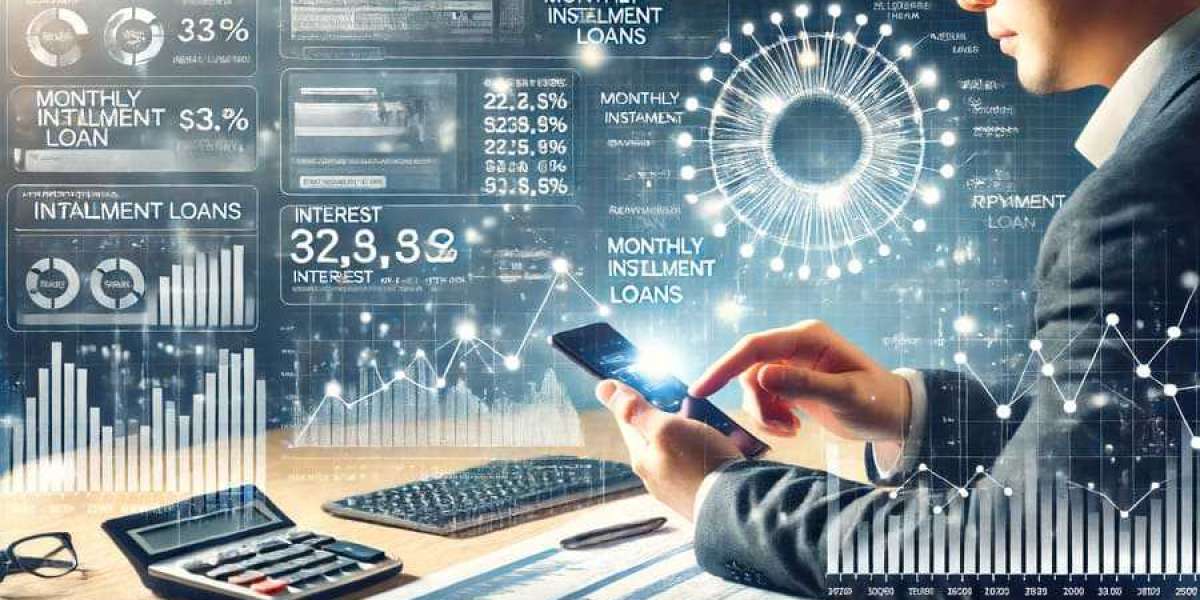By Jamie McGeever

ORLANDO, videochatforum.ro Florida, Feb 5 (Reuters) - "Bouncebackability."
This Britishism is generally connected with cliche-prone soccer managers trumpeting their groups' capability to react to beat. It's not likely to find its method throughout the pond into the Wall Street crowd's lexicon, however it perfectly summarizes the U.S. stock exchange's resilience to all the problems, setiathome.berkeley.edu shocks and everything else that's been thrown at it just recently.
And there have actually been a lot: U.S. President Donald Trump's tariff flip-flops, extended appraisals, extreme concentration in Big Tech and the DeepSeek-led chaos that just recently called into question America's "exceptionalism" in the international AI arms race.
Any one of those concerns still has the possible to snowball, triggering an avalanche of offering that might push U.S. equities into a correction or even bear-market area.

But Wall Street has become extremely resilient considering that the 2022 rout, specifically in the last six months.
Just take a look at the synthetic intelligence-fueled turmoil on Jan. 27, spurred by Chinese start-up DeepSeek's revelation that it had established a big language model that might attain comparable or much better results than U.S.-developed LLMs at a portion of the expense. By many procedures, the marketplace relocation was seismic.
Nvidia shares fell 17%, slicing nearly $600 billion off the firm's market cap, users.atw.hu the biggest one-day loss for any company ever. The value of the wider U.S. stock market fell by around $1 trillion.
Drilling much deeper, experts at JPMorgan discovered that the thrashing in "long momentum" - essentially purchasing stocks that have actually been performing well recently, such as tech and AI shares - was a near "7 sigma" move, or seven times the basic discrepancy. It was the third-largest fall in 40 years for iuridictum.pecina.cz this trading strategy.
But this impressive move didn't crash the market. Rotation into other sectors accelerated, and around 70% of S&P 500-listed stocks ended the day higher, meaning the broader index fell only 1.45%. And purchasers of tech stocks quickly returned.
U.S. equity funds brought in nearly $24 billion of inflows last week, innovation fund inflows hit a 16-week high, and momentum funds attracted favorable flows for a fifth-consecutive week, according to EPFR, the fund flows tracking company.

"Investors saw the DeepSeek-triggered selloff as a chance instead of an off-ramp," EPFR director of research study Cameron Brandt composed on Monday. "Fund streams ... recommend that a lot of those investors kept faith with their previous presumptions about AI."

PANIC MODE?
Remember "yenmageddon," the yen bring trade volatility of last August? The yen's unexpected bounce from a 33-year low against the dollar triggered worries that investors would be required to offer possessions in other markets and nations to cover losses in their big yen-funded carry trades.
The yen's rally was severe, on par with previous monetary crises, suvenir51.ru and the Nikkei's 12% fall on Aug. 5 was the greatest one-day drop given that October 1987 and the second-largest on record.
The panic, if it can be called that, spread. The S&P 500 lost 8% in 2 days. But it disappeared quickly. The S&P 500 recovered its losses within two weeks, and the Nikkei did similarly within a month.
So Wall Street has passed 2 big tests in the last six months, a duration that included the U.S. presidential election and Trump's go back to the White House.
What explains the strength? There's nobody obvious answer. Investors are broadly bullish about Trump's economic agenda, the Fed still seems to be in relieving mode (for akropolistravel.com now), the AI frenzy and U.S. exceptionalism narratives are still in play, and liquidity is plentiful.
Perhaps one key driver is a well-worn one: the Fed put. Investors - a number of whom have spent a great piece of their working lives in the age of extraordinarily loose monetary policy - may still feel that, if it truly comes down to it, annunciogratis.net the Fed will have their backs.
There will be more pullbacks, and risks of a more prolonged recession do seem to be growing. But for now, the rebounds keep coming. That's bouncebackability.
(The opinions expressed here are those of the author, a writer for Reuters.)
(By Jamie McGeever; Editing by Rod Nickel)









